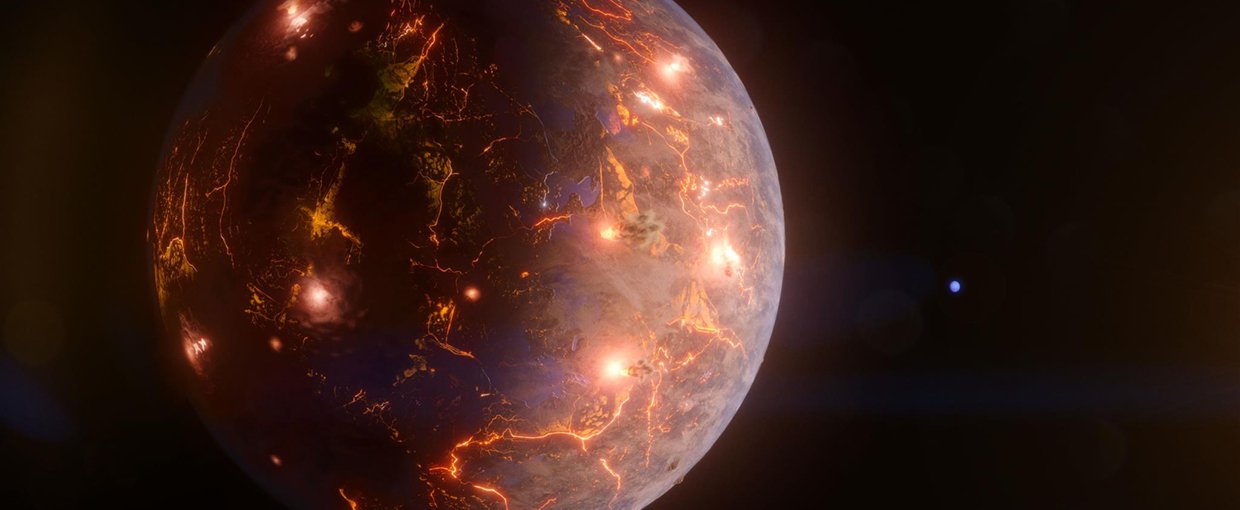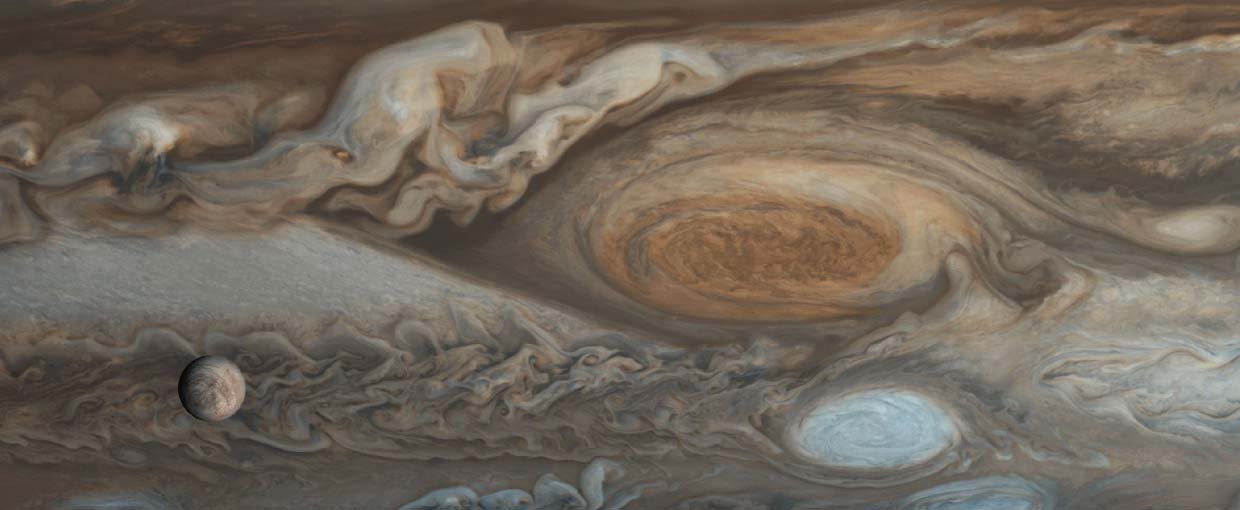Daille, L. K., Spear, J. R., Beech, I., Vargas, I. T., & Iglesia, R. D. l. (2024). Seasonal variation in the biological succession of marine diatoms over 316L stainless steel in a coastal environment of Chile. Biofouling, None, 1–13. doi:10.1080/08927014.2023.2300150
Capistrant, B. K., Soares-Furtado, M., Vanderburg, A., Jankowski, A., Mann, A. W., Ross, G., … Ziegler, C. (2024). TESS Hunt for Young and Maturing Exoplanets (THYME). XI. An Earth-sized Planet Orbiting a Nearby, Solar-like Host in the 400 Myr Ursa Major Moving Group. The Astronomical Journal, 167(2), 54. doi:10.3847/1538-3881/ad1039
Wood, C., Bruinink, A., Trembath-Reichert, E., Wilhelm, M. B., Vidal, C., Balaban, E., … Goordial, J. (2024). Active microbiota persist in dry permafrost and active layer from elephant head, Antarctica. ISME Communications. doi:10.1093/ismeco/ycad002
Hull, S. D., Nakajima, M., Hosono, N., Canup, R. M., & Gassmöller, R. (2024). Effect of Equation of State and Cutoff Density in Smoothed Particle Hydrodynamics Simulations of the Moon-forming Giant Impact. The Planetary Science Journal, 5(1), 9. doi:10.3847/psj/ad02f7
Schlecker, M., Apai, D., Lichtenberg, T., Bergsten, G., Salvador, A., & Hardegree-Ullman, K. K. (2024). Bioverse: The Habitable Zone Inner Edge Discontinuity as an Imprint of Runaway Greenhouse Climates on Exoplanet Demographics. The Planetary Science Journal, 5(1), 3. doi:10.3847/psj/acf57f
Snell, C., & Banfield, D. (2024). Titan’s Atmospheric Albedo Asymmetry and Seasonal Variability Observed through the Cassini Imaging Science Subsystem. The Planetary Science Journal, 5(1), 12. doi:10.3847/psj/ad0bec
Young, A. V., Crouse, J., Arney, G., Domagal-Goldman, S., Robinson, T. D., & Bastelberger, S. T. (2024). Retrievals Applied to a Decision Tree Framework Can Characterize Earthlike Exoplanet Analogs. The Planetary Science Journal, 5(1), 7. doi:10.3847/psj/ad09b1
Li, M., Sprouse, T. M., Meyer, B. S., & Mumpower, M. R. (2024). Atomic masses with machine learning for the astrophysical r process. Physics Letters B, 848, 138385. doi:10.1016/j.physletb.2023.138385
Teske, A. (2024). The Guaymas Basin – A hot spot for hydrothermal generation and anaerobic microbial degradation of hydrocarbons. International Biodeterioration & Biodegradation, 186, 105700. doi:10.1016/j.ibiod.2023.105700
Zhou, A., Templeton, A. S., & Johnson, J. E. (2024). Dissolved silica affects the bulk iron redox state and recrystallization of minerals generated by photoferrotrophy in a simulated Archean ocean. Geobiology, 22(1), None. doi:10.1111/gbi.12587



